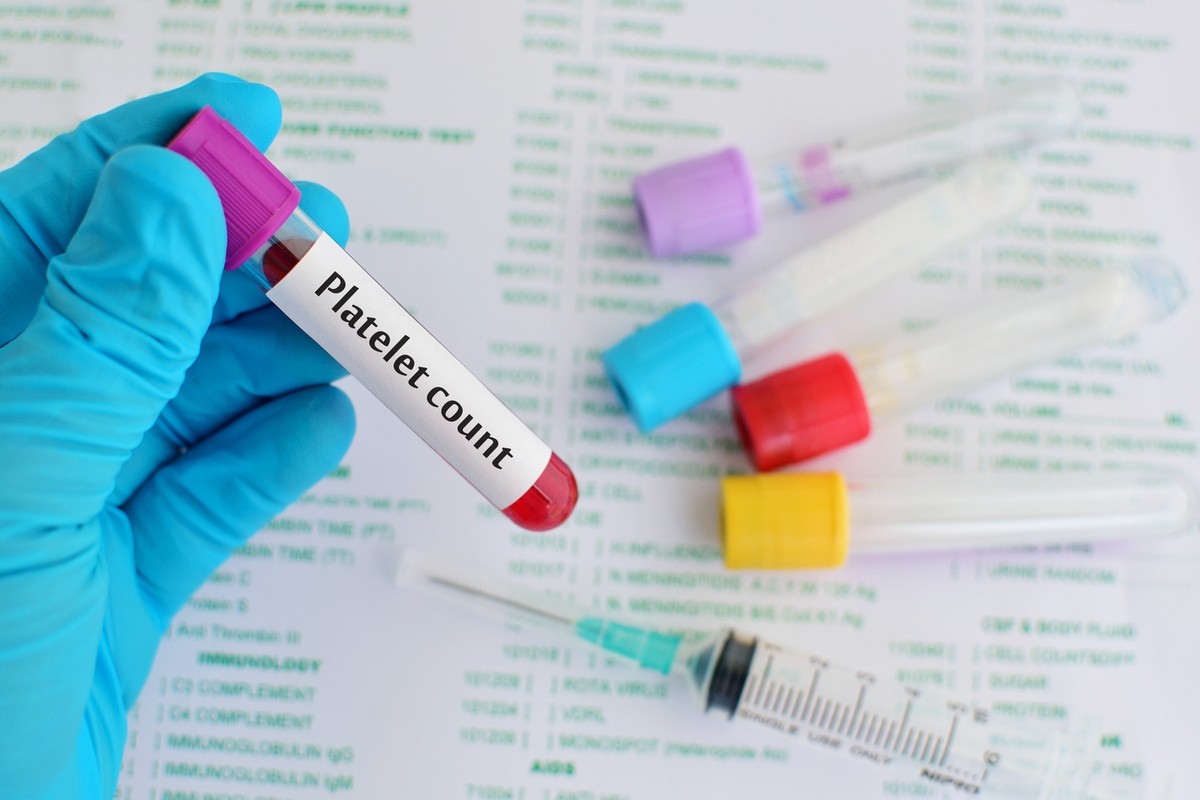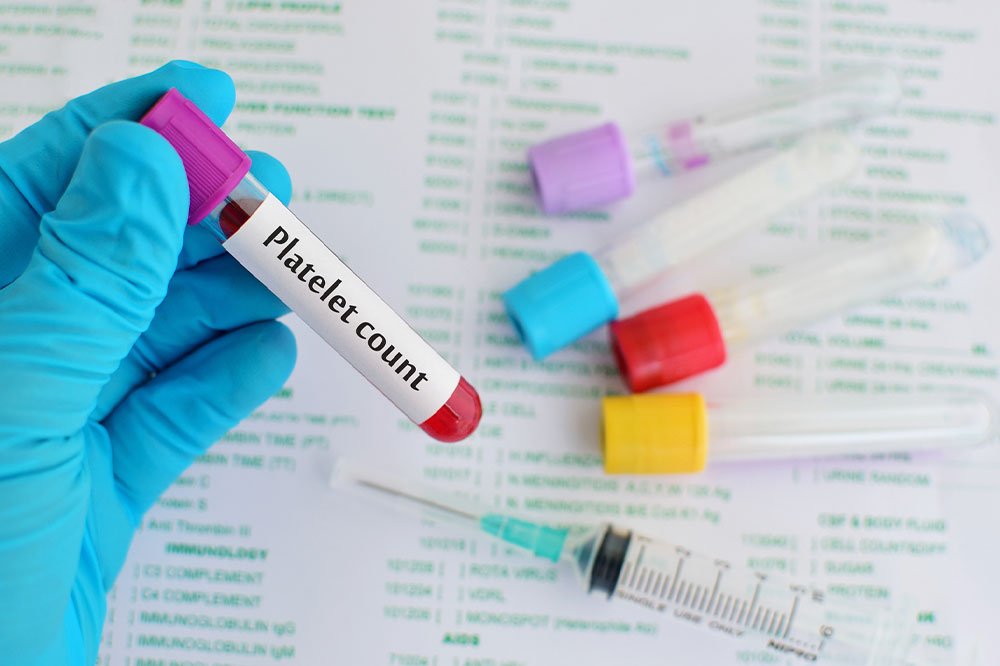Effective Strategies for Managing Thrombocytopenia and Low Platelet Counts
Learn effective methods for managing thrombocytopenia, including understanding causes, recognizing symptoms, diagnostic approaches, and treatment options. Proper management involves medical intervention, lifestyle changes, and addressing underlying conditions to maintain healthy platelet levels and prevent bleeding complications.

Effective Strategies for Managing Thrombocytopenia and Low Platelet Counts
Thrombocytopenia, commonly known as a low platelet count, occurs when blood levels of platelets—the cells responsible for clotting—drop below normal. This condition can cause easy bruising, bleeding, and other health issues. Causes range from medical illnesses, infections, certain medications, to genetic factors. Effective management involves identifying the root cause, monitoring symptoms, and implementing treatments to restore platelet levels and prevent complications.
Understanding the Causes
To properly treat thrombocytopenia, it’s important to recognize its primary causes, which fall into three categories:
Reduced production of platelets, increased destruction, and sequestration are the main issues:
1. Reduced Production: Disorders like leukemia, bone marrow suppression, viral infections, environmental toxin exposure, and inherited conditions such as Wiskott-Aldrich syndrome can impair the bone marrow's ability to produce platelets.
2. Increased Destruction: Autoimmune diseases like immune thrombocytopenia (ITP), infections, certain drugs, and medical emergencies such as DIC and HUS accelerate the breakdown of platelets.
3. Sequestration: Conditions like splenomegaly cause the spleen to trap platelets, lowering their circulation in the blood.
Recognizing Symptoms
Signs indicating low platelet levels include:
Unexplained bruises or purpura
Prolonged bleeding from cuts
Spontaneous nose or gum bleeding
Presence of blood in urine or stool
Heavy menstrual bleeding
Petechiae (small red or purple skin spots)
Diagnostic Tests
Diagnosis may involve:
Complete Blood Count (CBC) for platelet levels
Blood smear analysis under microscope
Bone marrow examination if necessary
Additional tests like liver function, autoimmune markers, or infection screens based on suspected causes
Management and Treatment
Treating thrombocytopenia involves targeting its cause, alleviating symptoms, and preventing bleeding:
1. Medication Modifications: Discontinuing or switching medications causing low platelets under medical guidance.
2. Treating Underlying Problems: Managing infections, autoimmune conditions, or marrow disorders to boost platelet recovery.
3. Drugs to Increase Production: Stimulating medications may be used in severe cases or when other therapies fail.
4. Immunosuppressants: Steroids or other drugs can reduce immune attacks on platelets, as in ITP.
5. Platelet Transfusions: For severe thrombocytopenia or active bleeding, transfusions help rapidly raise platelet counts.
6. Surgical Procedures: Removing an enlarged spleen (splenectomy) might be considered if sequestration is significant.
Lifestyle and Home Tips
Supporting treatment with lifestyle choices includes:
1. Nutritious Diet: Consuming foods rich in folate, B-12, vitamin C, and iron can support blood health.
2. Avoiding Toxins: Limiting exposure to harmful chemicals and heavy metals preserves platelet integrity.
3. Regular Exercise: Moderate activity promotes health, but avoid contact sports to prevent injury.
4. Good Habits: Limiting alcohol intake and quitting smoking help maintain healthy platelet levels.
5. Infection Prevention: Practicing hygiene and staying up-to-date with vaccinations reduce infection risks that impact blood counts.
Seeking Medical Help
If experiencing unexplained bruising, frequent bleeding, or other symptoms, seek medical attention promptly. Early intervention can prevent serious complications such as internal bleeding.
In summary, managing low platelet numbers requires an accurate diagnosis, medical treatment targeting the underlying cause, and lifestyle modifications. Collaboration with healthcare professionals ensures effective control and health maintenance.










